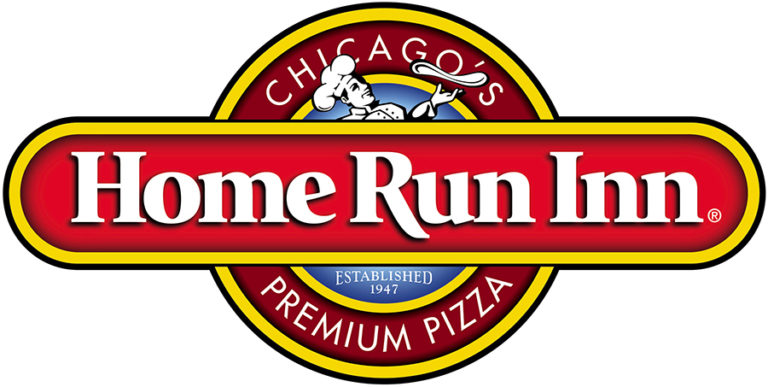Intermediate Student Classes
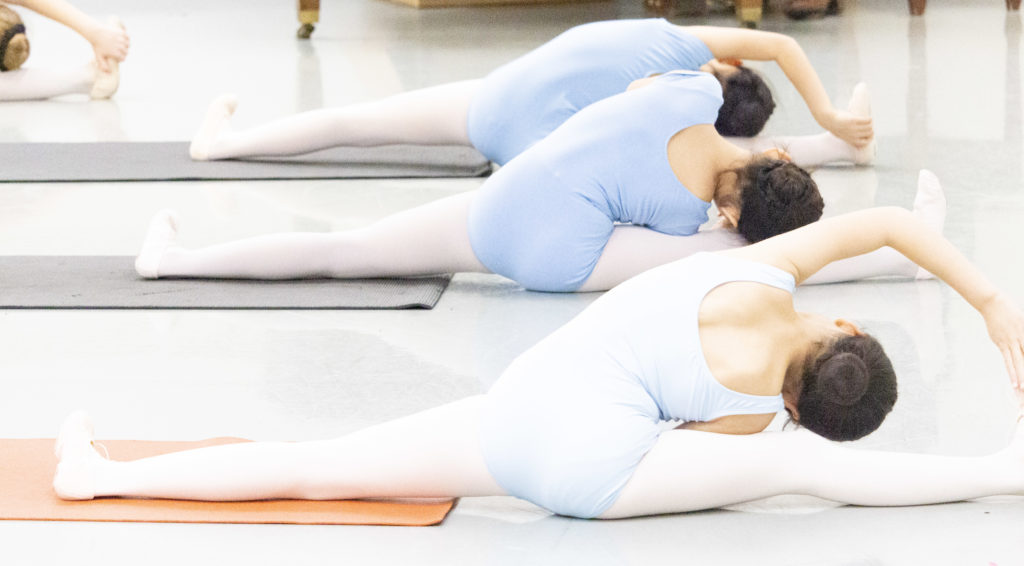
Levels C & D | Ballet Technique & Pre-Pointe/Pointe
Students focus on building strength, flexibility, body placement, and coordination through a mix of conditioning, barre, and center work. Barre exercises emphasize proper alignment and pre-pointe preparation, while mat work targets the core, back, legs, and feet. Center combinations—such as jumps, polka, waltz, and pas de basque—enhance coordination, musicality, and overall movement quality. As students progress, pointe preparation is introduced through strengthening exercises at the barre and in the center, laying a solid foundation in ballet technique and vocabulary for advancement to higher levels.
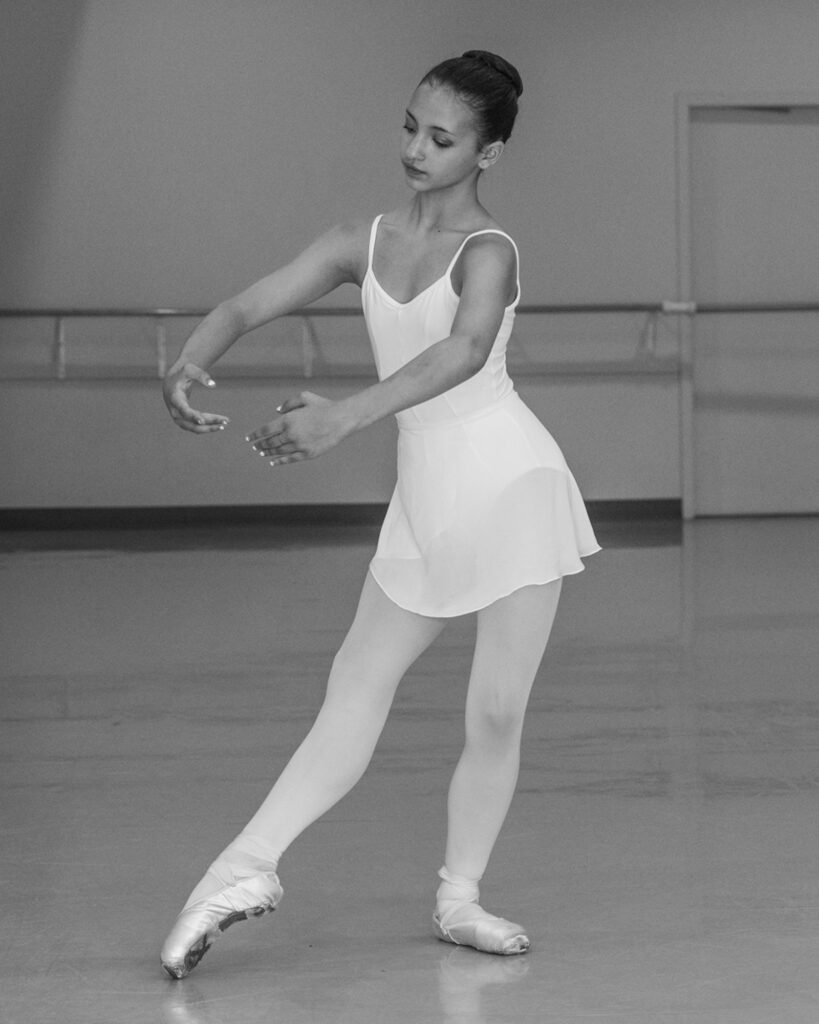
Levels E & F| Ballet Technique & Pointe
Focus on developing strength, flexibility, body placement, and coordination through conditioning, barre, center work, and traveling steps. Pointe work progresses from the barre to the center, building the control and confidence needed for advanced study. As students grow, they deepen their ballet vocabulary and refine their technique. Level F also offers enrichment opportunities such as variations classes and performance roles in The Nutcracker and spring productions with Salt Creek Ballet’s pre-professional company.
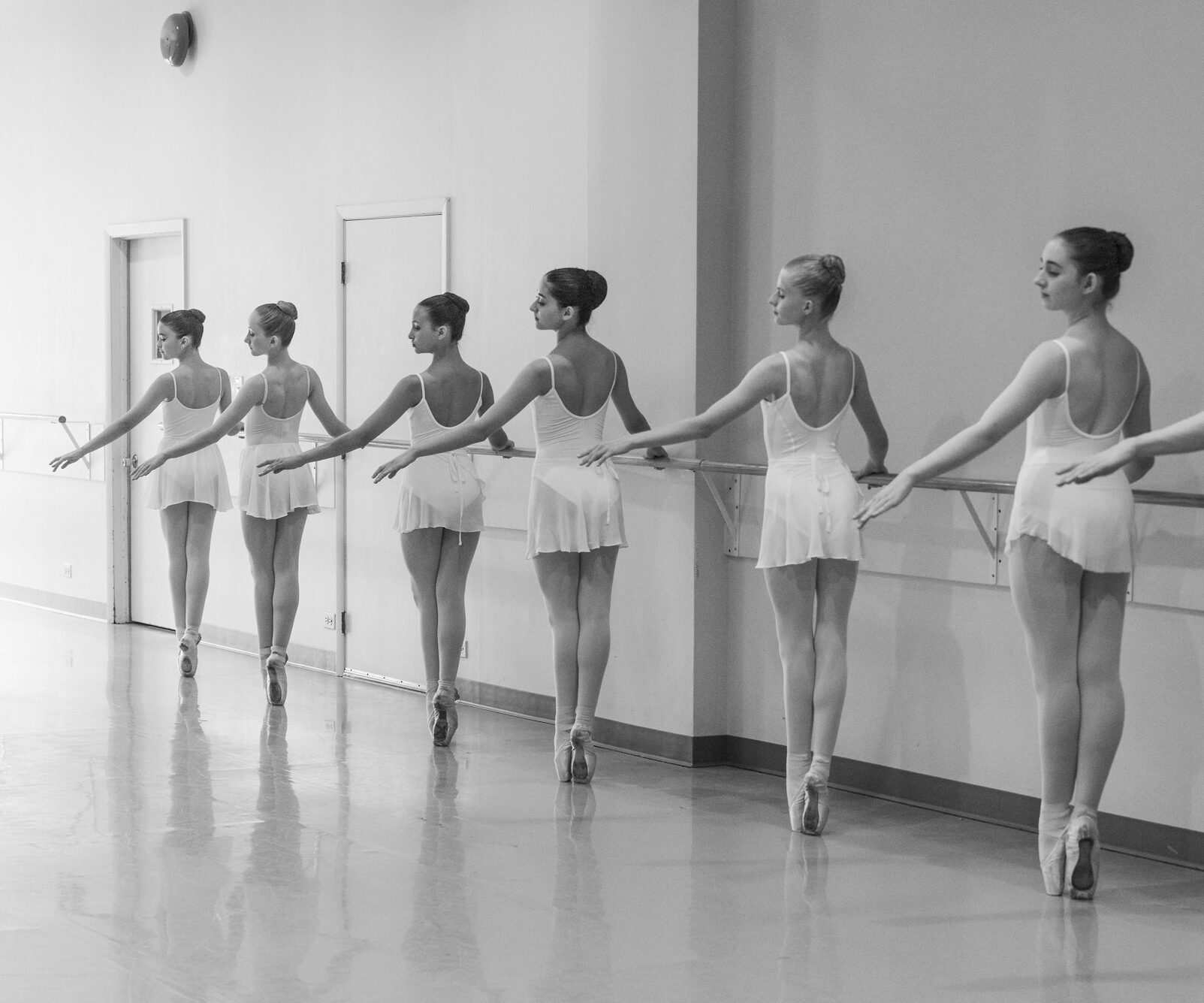
Levels G & H | Ballet Technique & Pointe
Level G & H students meet five times per week, advancing through three levels of study that build upon the foundational ballet knowledge acquired at the elementary levels. In addition to the core curriculum, students enjoy various dance enrichment opportunities, including variations classes and company roles in The Nutcracker and spring full-length ballet performances with the Salt Creek Ballet youth company.
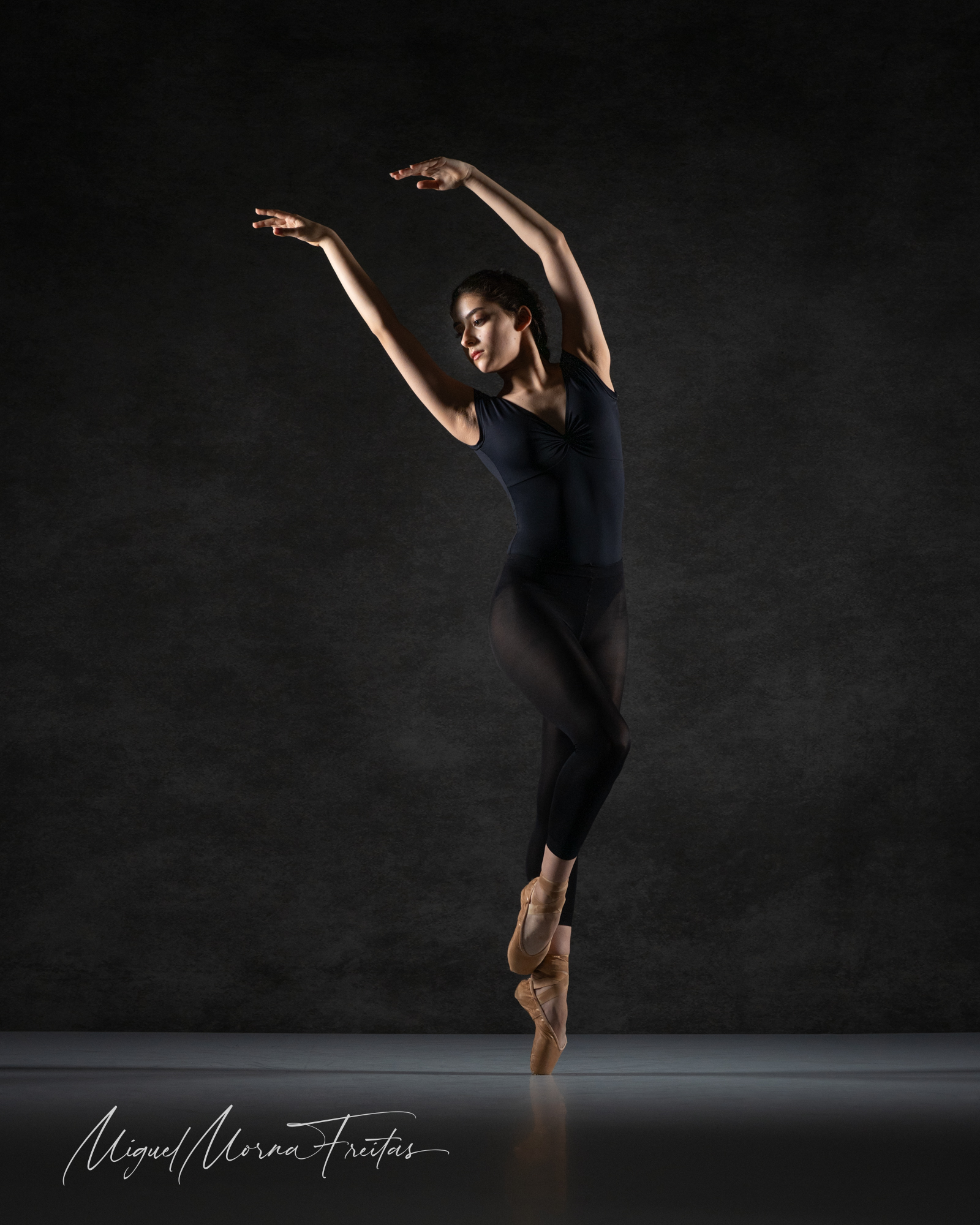
Levels G & H | Contemporary
Contemporary is a genre that blends elements of classical ballet and modern dance, moving beyond traditional structure and technique. It often reflects current moods, ideas, or events, focusing more on expression than storytelling. Contemporary works encourage audiences to interpret meaning for themselves, offering a deeper, more personal connection to the movement.
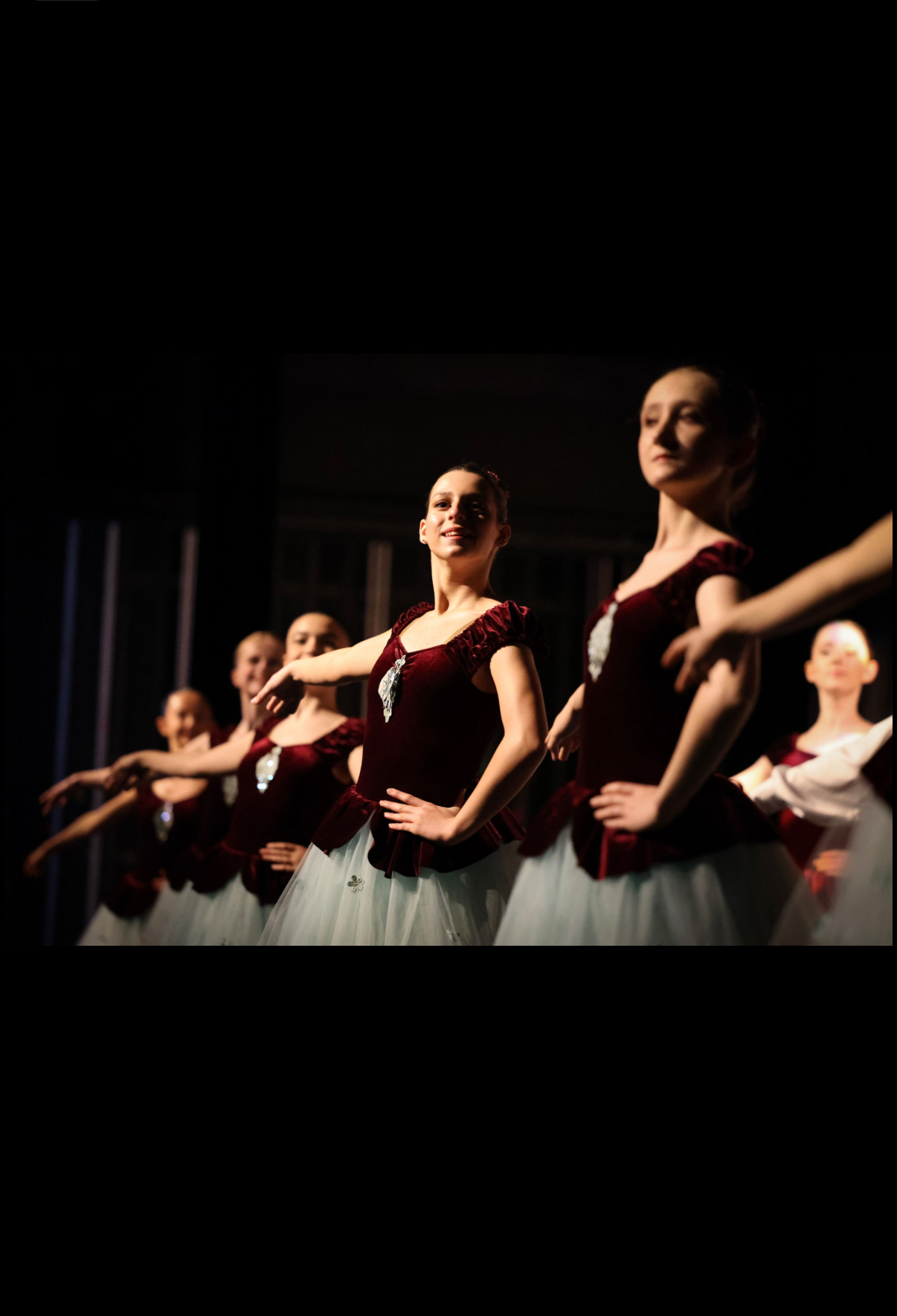
Levels C – H | Character
Character dance is a vital part of classical ballet, rooted in stylized folk traditions. It helps dancers develop musicality, expressiveness, and coordination while deepening their understanding of story ballets. Training emphasizes épaulement, heel-toe footwork, upper-lower body opposition, and dynamic movement qualities, all of which build strength and versatility.
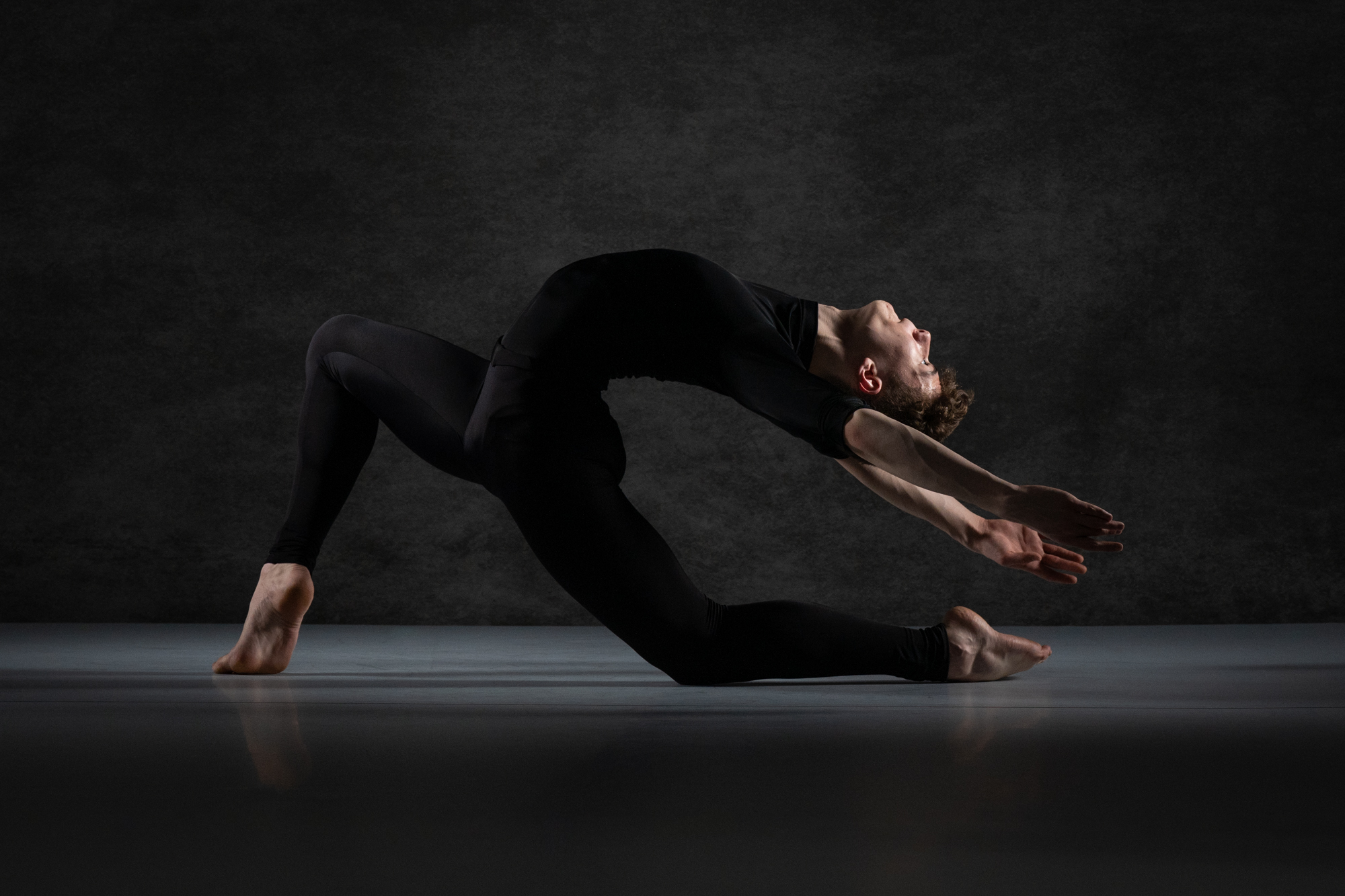
Levels C – F | Jazz
Horton, Graham, and Laban-based movement blended with ballet foundations. Dancers focus on spine articulation, grounded movement, weight sharing, and improvisation. This class deepens expression and expands movement vocabulary—essential for today’s dance world and valuable for ballet dancers pursuing professional companies or college programs.


